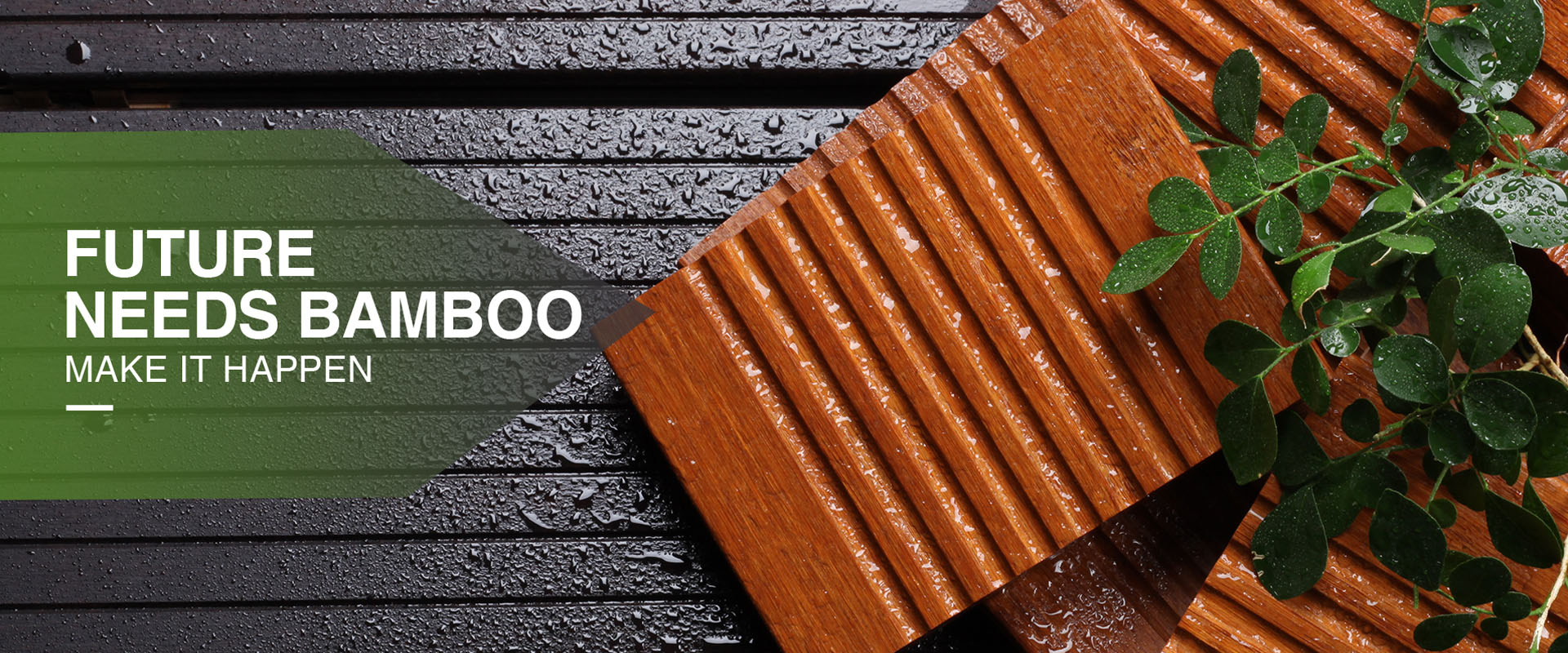Building A Sustainable Future with Bamboo
As the world grapples with environmental issues such as climate change and deforestation, it has become increasingly important to look for alternative building technologies that can reduce the negative impact of the construction industry on the environment. One that would make such a good alternative building material is bamboo.
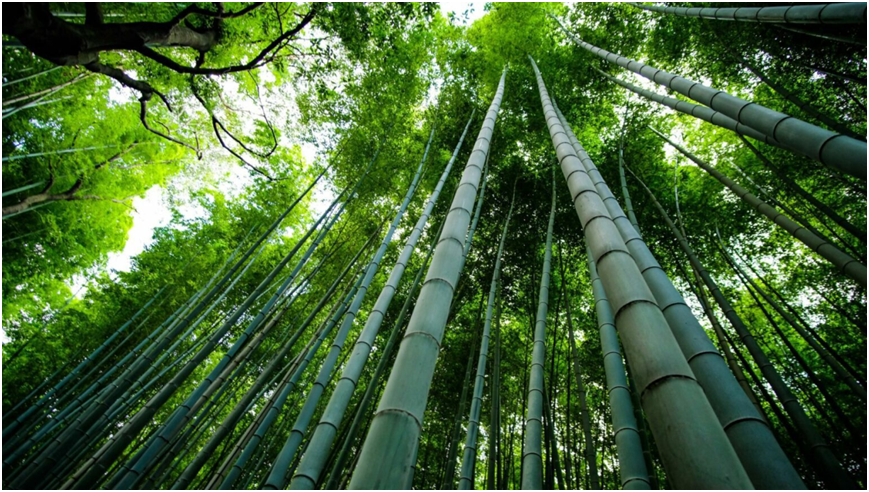
Bamboo is a renewable, carbon-sinking building material. With growing demands of the built world, it could be a game changer for global construction. Bamboo is being considered as the material of the future for several reasons below:
Abundant availability and rapid growth
Bamboo is found in many parts of the world, including tropical, subtropical, and mild temperate zones. It is commonly seen in regions such as Asia, Africa, Central and South America, and some parts of Europe and North America.
Bamboo is one of the fastest-growing plants on Earth. Some species can grow several feet in a matter of weeks. For example, the Moso bamboo can reach its full height in just a few months. This rapid growth rate makes it a highly renewable resource, able to be harvested and replenished more quickly than traditional wood sources.
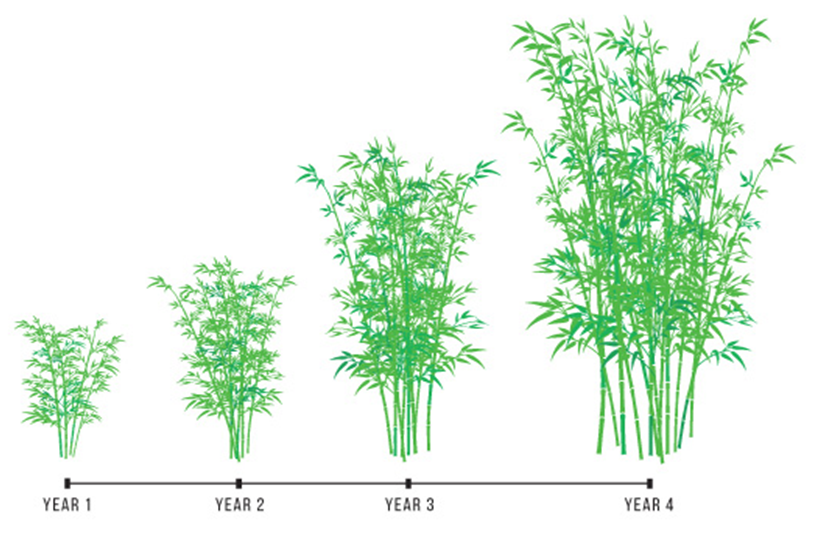
Excellent mechanical properties
Bamboo has a high tensile strength, which means it can withstand a significant amount of pulling or stretching force without breaking. In some cases, its tensile strength is comparable to that of steel, making it suitable for various structural applications. This strength makes it an ideal material for building construction, such as for making beams, columns, bridges and scaffolding.
Along with strength, bamboo also has a certain degree of flexibility. This allows it to bend and absorb impact without snapping, making it more resistant to earthquakes and other natural disasters compared to some other building materials.
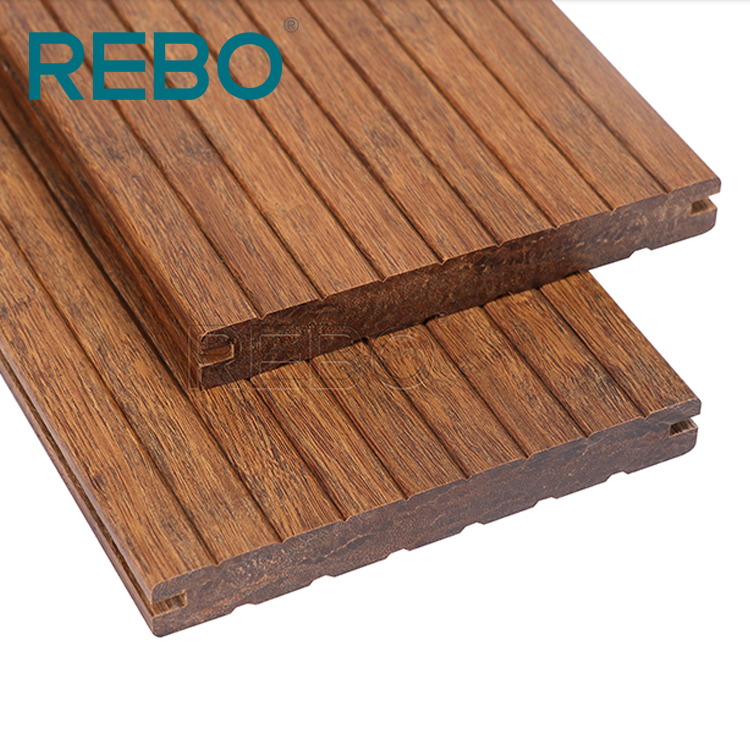
Environmental benefits
The growth of bamboo requires relatively little energy and resources. It absorbs a large amount of carbon dioxide during the growth process and releases oxygen, helping to mitigate climate change. Additionally, the harvesting and processing of bamboo generally have a lower environmental impact compared to the extraction and processing of other materials like steel, concrete, or timber.
At the end of its life cycle, bamboo is biodegradable. This means that it can decompose naturally without causing harm to the environment, reducing the amount of waste that ends up in landfills.
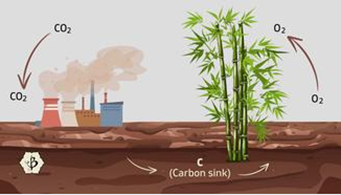
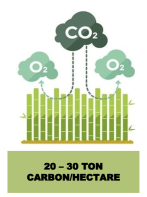
Versatile applications
Bamboo is a versatile material that can be used in a wide range of applications, from small-scale furniture, such as chairs, tables, beds, and cabinets, to large-scale buildings, like rural houses, bridges and high-rise buildings. It can also be used in its natural form or processed into engineered bamboo products, such as bamboo decking, bamboo wall cladding, bamboo beams and bamboo flooring, which offer enhanced strength and durability.
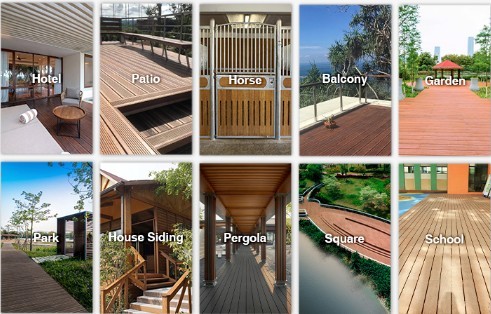
Bamboo has immense potential in building a sustainable future. It offers a futuristic approach to the construction industry by paving the way for a more sustainable and eco-friendly building technology.
Future needs bamboo, make it happen
